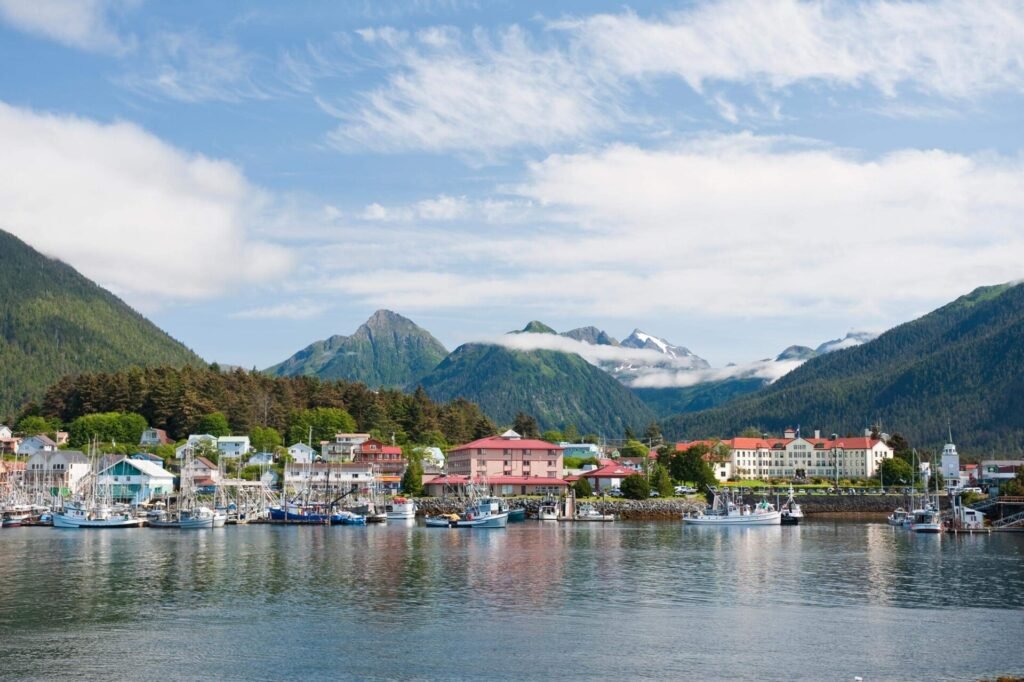The U.S. Environmental Protection Agency has issued updated Alaska’s wastewater permits for six Southeast communities, requiring them to tighten bacteria controls. Haines, Skagway, Sitka, Wrangell, Ketchikan, and Peterburg must make significant improvements to reduce levels of fecal coliform and enterococcus bacteria entering marine waters.
The EPA finalized for Haines, Skagway, Sitka, and Wrangell on Thursday, while Ketchikan and Petersburg expect their permits in early 2025. These revisions follow strict Alaska water quality regulations implemented in 2017 to safeguard water utilized for leisure and subsistence food gathering.
Only 24 nationwide municipalities, including these six, discharge wastewater with basic “primary” treatment, which involves removing floating solids. Secondary treatment, which uses biological and chemical processes to clean the water further, is mandatory for most communities in the U.S. For further filtration, some even employ tertiary treatment with cutting-edge technology.
Alaska is home to nine of the 24 U.S. communities exempted from the Clean Water Act’s secondary treatment requirement. Only areas that discharge into saltwater environments are eligible for these exclusions. The EPA claims that although several communities in Southeast Alaska have instituted minimal disinfection procedures, these initiatives have been inconsistent.
The EPA released draft permits for the affected communities in 2022 and 2023, signaling the need for action. Now that the permits are complete, the communities have 5 years to comply with more strict bacterial limits. The EPA stated that these modifications are essential to safeguard human health in coastal areas and preserve marine life.
The updated Alaska’s wastewater permits mark a pivotal moment for Southeast Alaska, where many residents rely on marine water for fishing, recreation, and subsistence. By addressing outdated treatment, Alaskan communities aim to meet modern standards while safeguarding the region’s natural resources and way of life.
This news article was originally published by Alaska Beacon.












